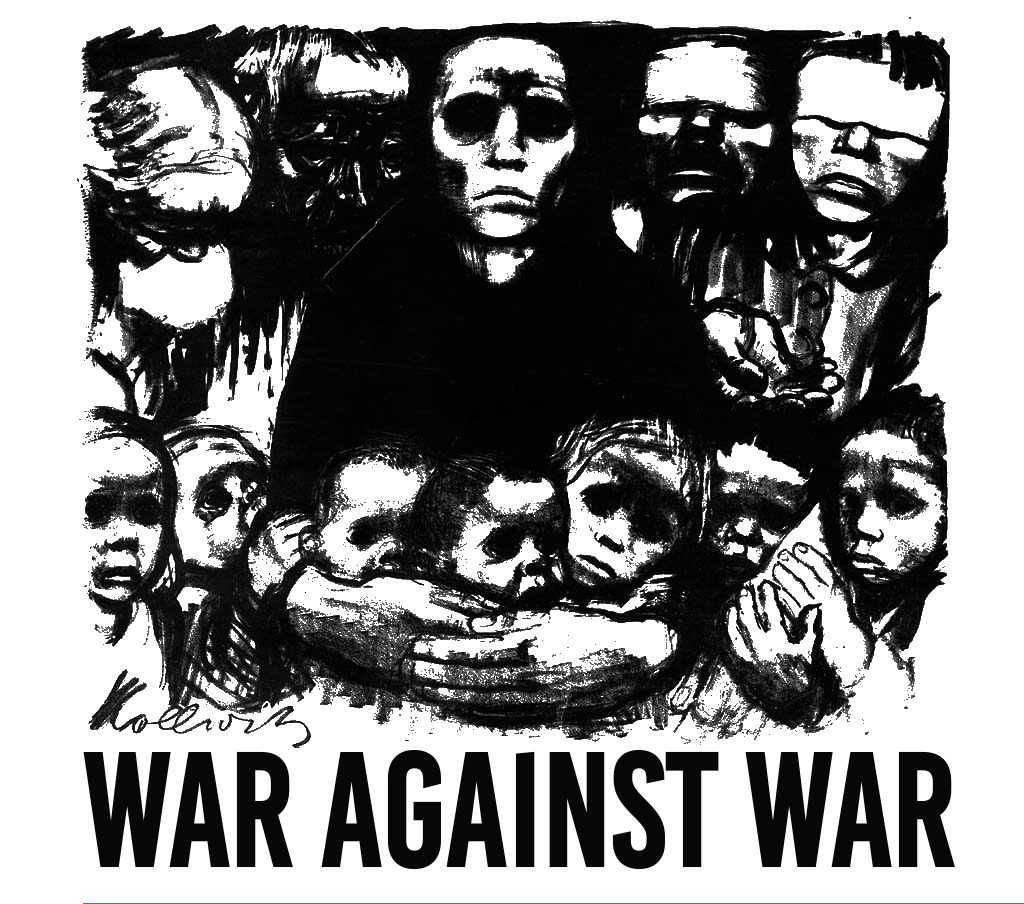Although substantive agreement exists on the role of climate variability and food scarcity in increasing violence, a limited number of studies have investigated how food resources affect violent conflict. This article explores the complex linkages between climate variability, agricultural production and conflict onset, by focusing on the spatial distribution of crop production in a cross-country setting. We hypothesize that spatial differences in crop production within countries are a relevant factor in shaping the impact of climate variability on conflict in agriculturally -dependent countries. To test this hypothesis, we rely on high-resolution global gridded data on the local yield of four main crops for the period 1982–2015 and aggregate the grid-cell information on crop production to compute an empirical indicator of the spatial concentration of agricultural production within countries. Our results show that the negative impacts of climate variability lead to an increase in the spatial concentration of agricultural production within countries. In turn, the combined effect of climate extremes and crop production concentration increases the predicted probability of conflict onset by up to 14% in agriculturally dependent countries.
This was originally published on SAGE Publications Ltd: Journal of Peace Research: Table of Contents.
